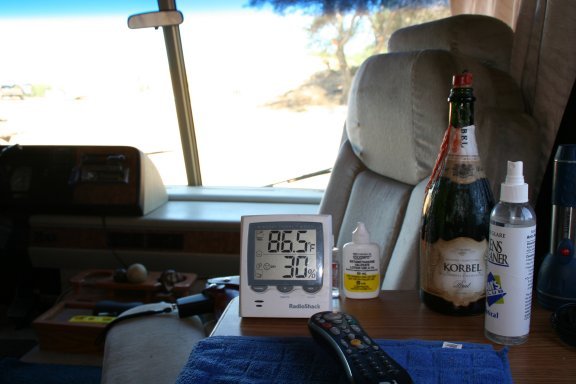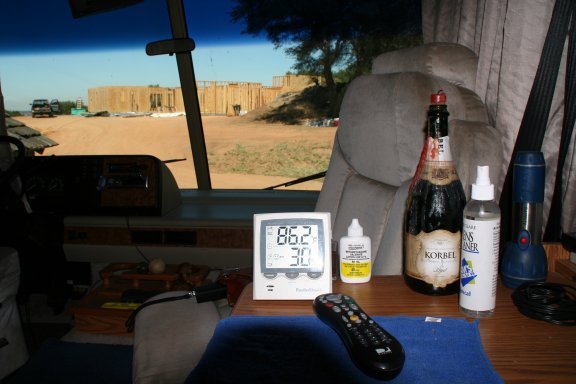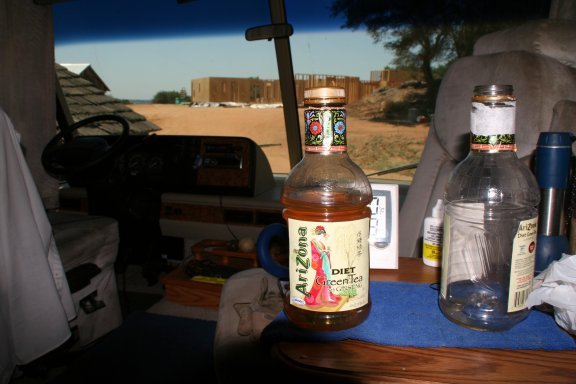Jeff Cousins said:
Yes, depth of field is one of the big issues, the other is setting light when shooting a bright background that darkens the photo. Our camera allows you to record average light settings or to pick a particular spot to set F setting; just? have to learn how and the affect it has on shot.
Well -- not sure where you want to go with Apertures, so let's play around with bright backgrounds for now. As a portrait photographer plus doing weddings to support my need to add equipment, that situation was always pretty common. The first rule of thumb is to go somewhere else to take the shot. Don't ever shoot a people shot in the bright noon day sun unless it can't be avoided. Bright, even, shade is much better. The old advice was that if the sun was to the shooter's back, everything would be fine. Not true.?

Harsh highly contrasted shadows on ones face makes a lousy shot. And fill flash doesn't help much.
As discussed earlier in this thread, the number of stops across an image determines whether it will be a good shot. If the range is too few, the pic will be flat without depth. If too many, one side or the other will be void of texture. However, if the background is very bright versus the foreground, there "are" a few things you can do.
Center weighted (or with my Rebel XT, a 7 point system) will see that background and say, "Wow", it's really bright and stop down the aperture. That in turn will make the foreground very dark. So much for point and shoot settings. OR, you can meter for the foreground only to have the background over exposed. If the situation cannot be avoided, filters, reflector, or flash can be used to balance the foreground with the background -- or let Karl do magical stuff in his digital darkroom. 8)
The attached three pics are an example of how I balance with flash. If I spend the time, I can balance the two perfectly -- the objective being to not know a flash was used. Note the 1st one first, then compare it to the second. I did this yesterday afternoon about 1:00PM. My XT manual reads that it will automatically do all this for me. It WILL do a better job than the first pic, but going to manual is a better solution.
First, I zoomed so only the bright outside was in my VF while in "shutter" priority. I wanted the maximum shutter speed that the XT can sync (1/200) -- and the corresponding aperture. It turned out to be f9.0. I then put my XT into manual mode and dialed in those setting.
Next I UNZoomed so the VF image covered all of what you see -- and focused on the items on the little table in front of me. My rule of thirds went all to hell -- but that wasn't the purpose of this test.

I also set the flash to fire even if it was told it wasn't needed. This then is the second attached pic. The result is that the camera is metered and shooting the lighting outside the rig -- and the flash is shooting the foreground inside the rig.
You can set the flash to over or under shoot as necessary. I have another larger flash that I have a rheostat to dial in the intensity. So with more time, I could perfectly balance the two. Am hoping to add a pro flash soon by Canon that will give much greater power and TTL flexibility. On camera flash is almost always useless for my needs.
The third pic is the same setup with my focus on the bottle of Diet Green Tea. I wanted it to stand out and draw the viewers eye before anything else -- while having a more pleasing but less in focus background than the 1st pic.



